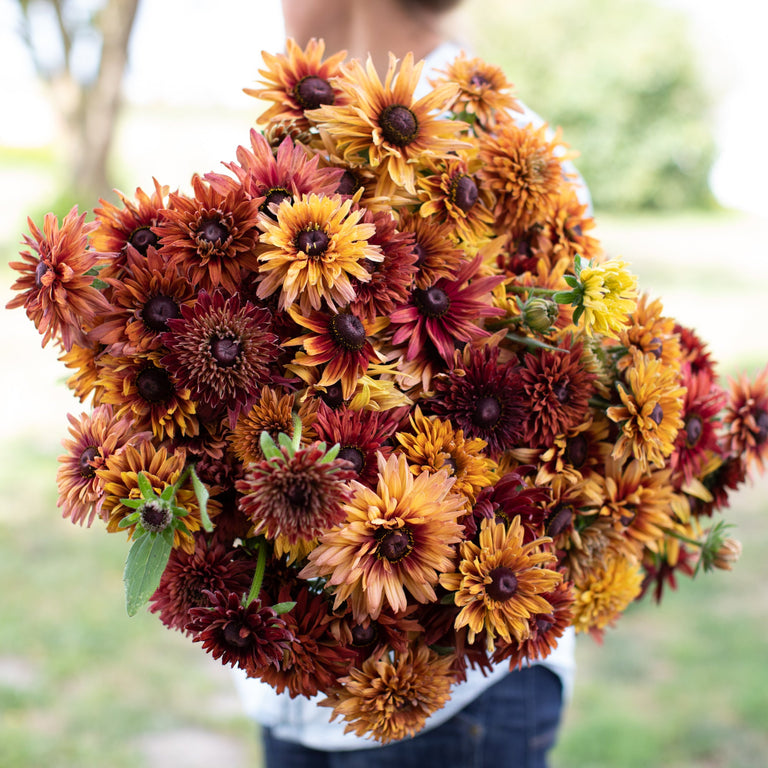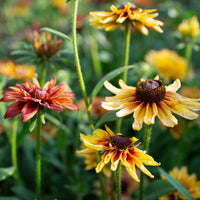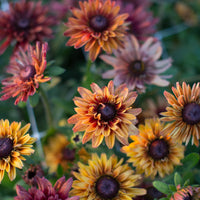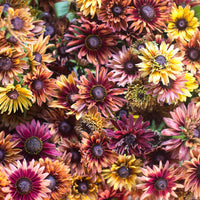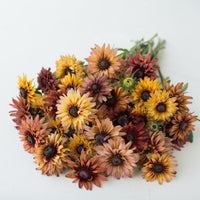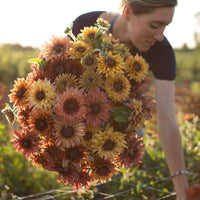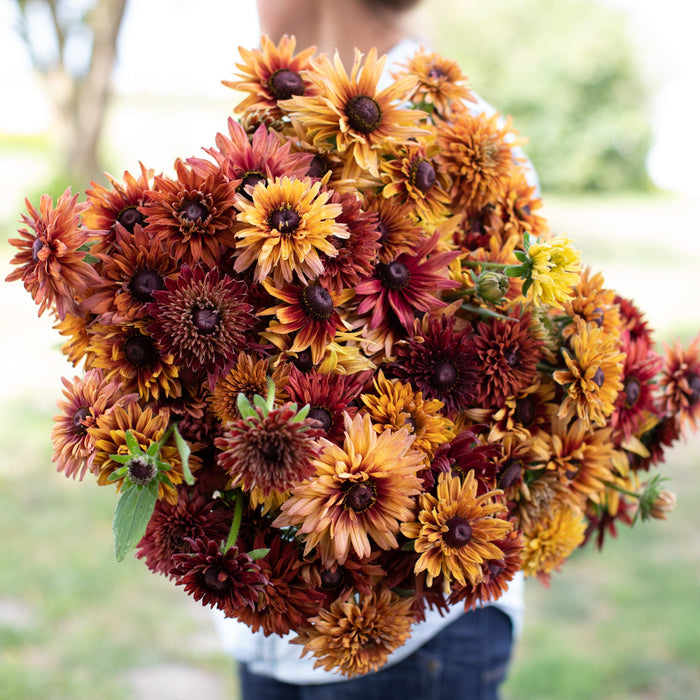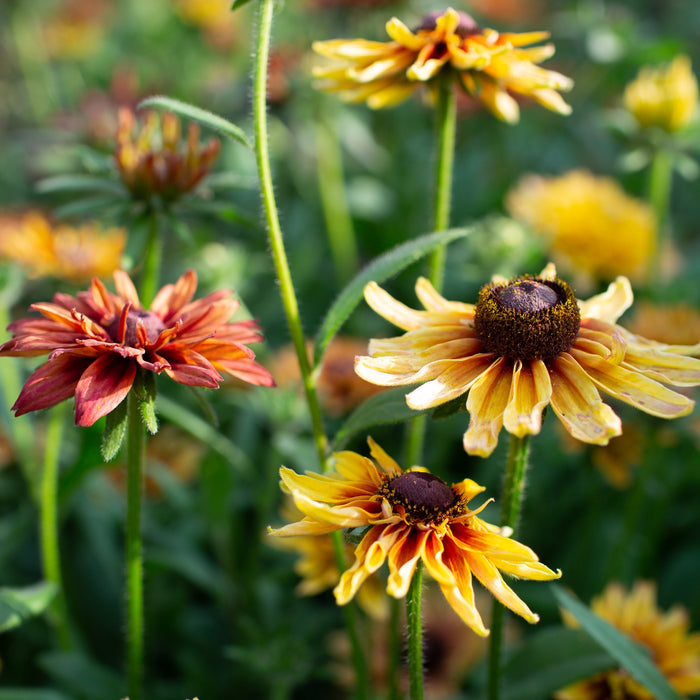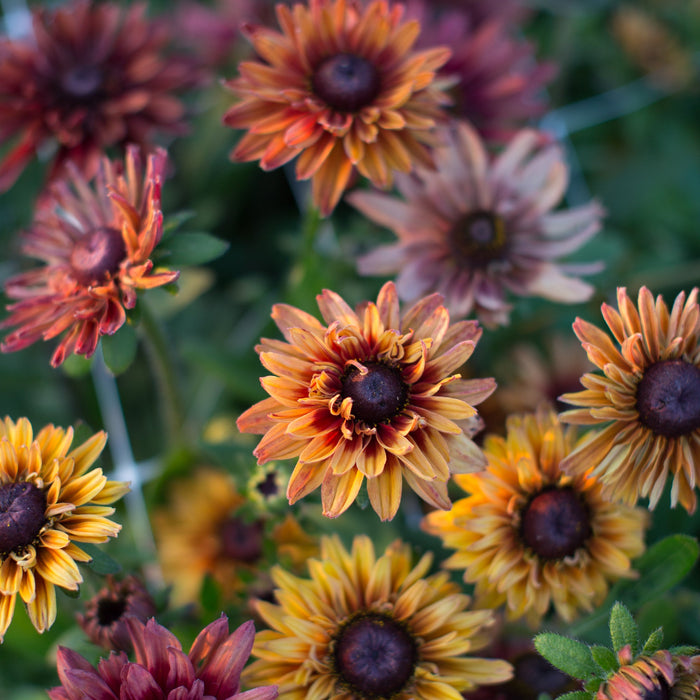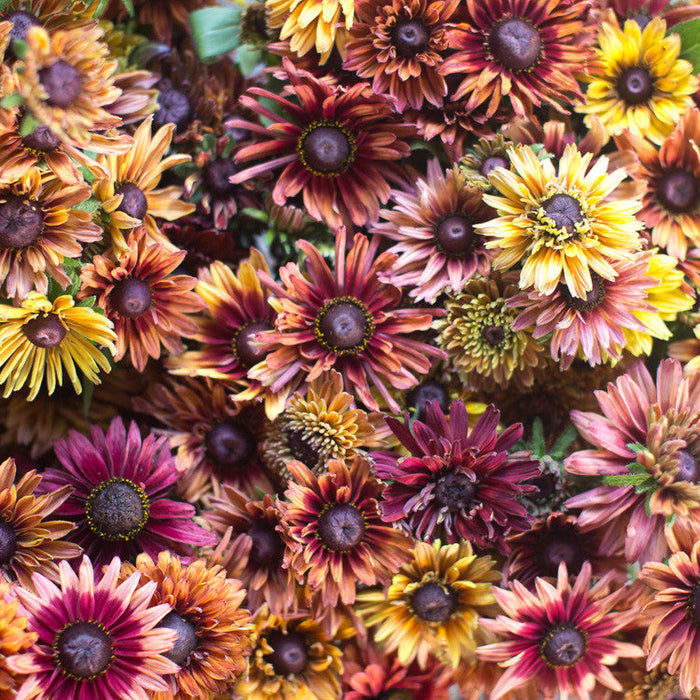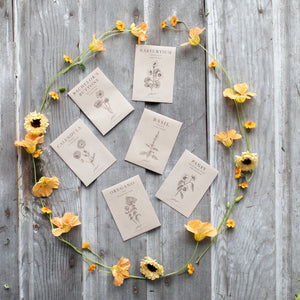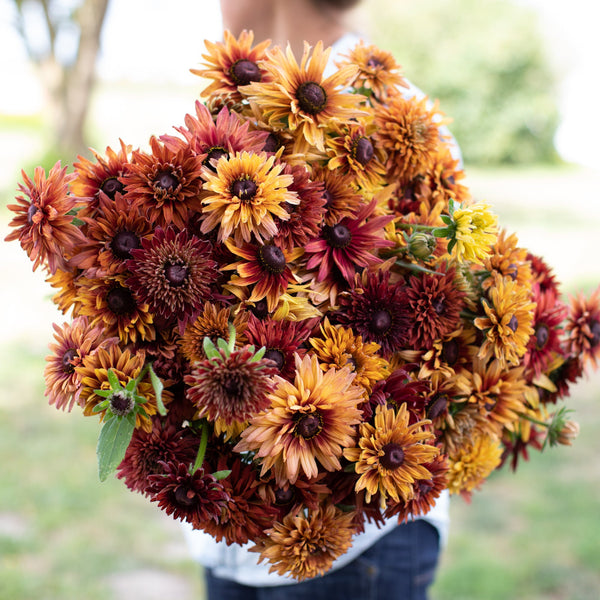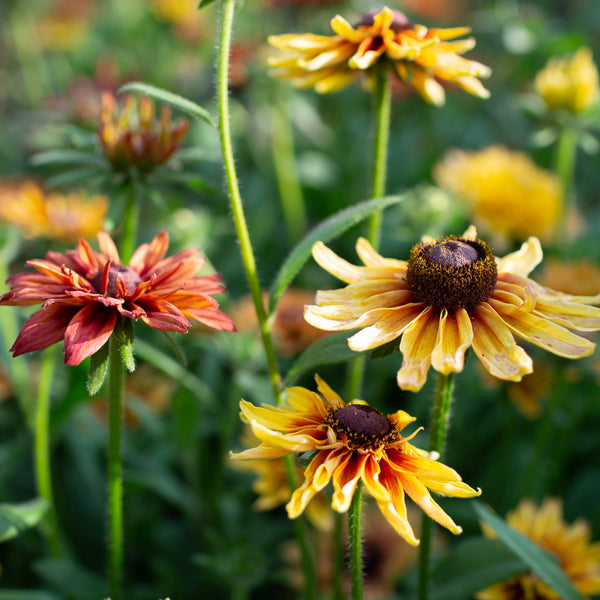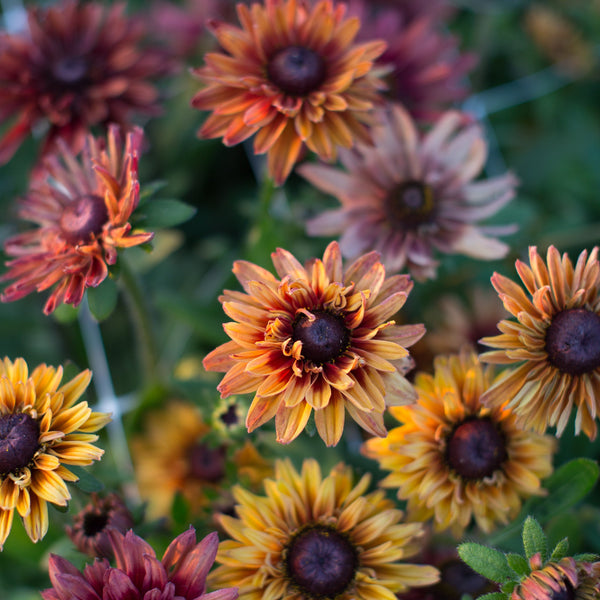Black-eyed Susan ‘Sahara’
Rudbeckia hirta
Description
This mix of large, mostly double, velvety flowers is a blend of dusty rose, milk chocolate, copper, pale lemon, and rich merlot. These abundant bloomers are a wonderful new addition to the black-eyed Susan family, offering a romantic, moody twist on an old garden staple.
Details
Height: 20 to 22 in
Site: full sun
Days to maturity: 100 to 120 days
Plant spacing: 12 in
Pinch: not necessary
Seed Sowing & Growing Notes
Start seed indoors in trays 8 to 10 weeks before last frost; transplant out after all danger of frost has passed.
Harvesting/Vase Life
Details
Description
This mix of large, mostly double, velvety flowers is a blend of dusty rose, milk chocolate, copper, pale lemon, and rich merlot. These abundant bloomers are a wonderful new addition to the black-eyed Susan family, offering a romantic, moody twist on an old garden staple.
Details
Height: 20 to 22 in
Site: full sun
Days to maturity: 100 to 120 days
Plant spacing: 12 in
Pinch: not necessary
Seed Sowing & Growing Notes
Start seed indoors in trays 8 to 10 weeks before last frost; transplant out after all danger of frost has passed.
Harvesting/Vase Life
Sources
How to Grow
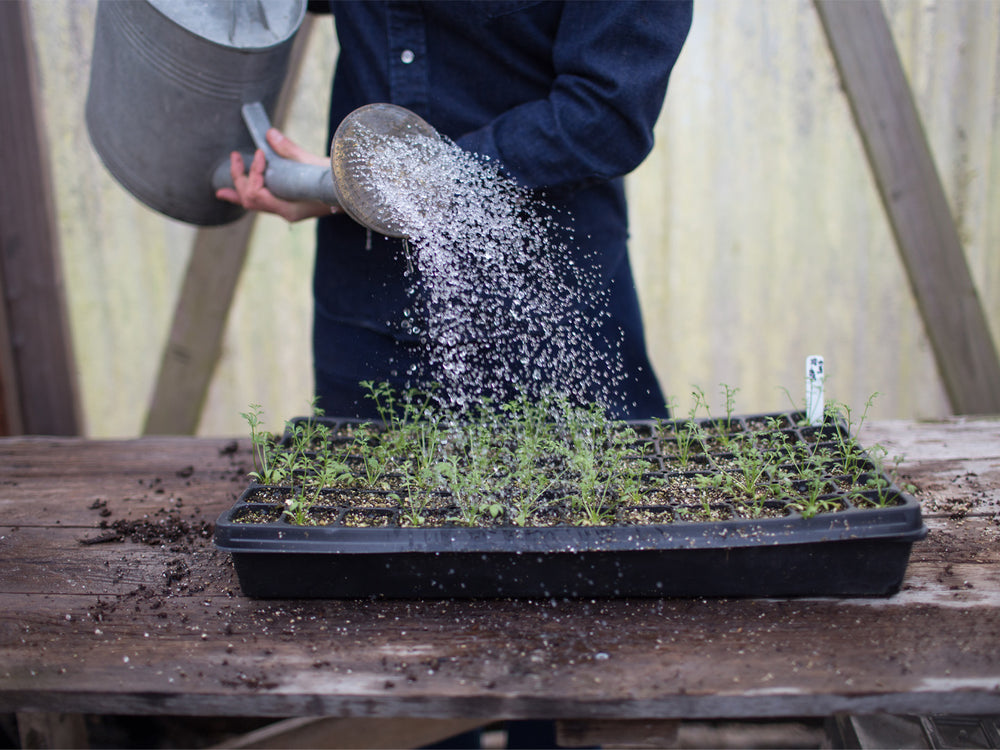
Winter Mini Course: Seed-Starting 101
Learn how to start flowers from seed in this three-part video series
In this free video series, you’ll learn everything you need to know to successfully start flowers from seed, including all of the necessary supplies, step-by-step instructions, special tips and tricks, and how to create a simple indoor seed-starting area.
